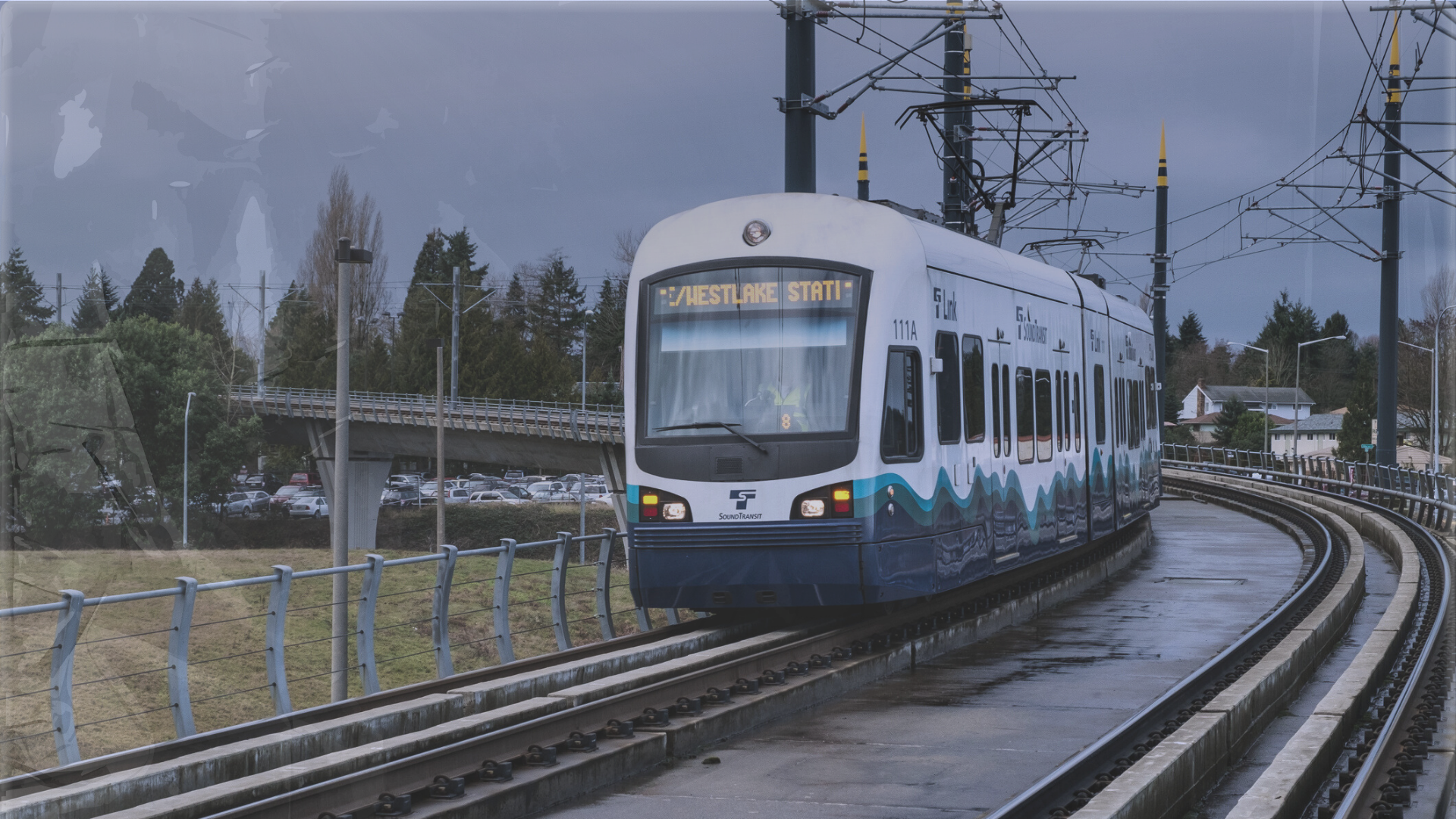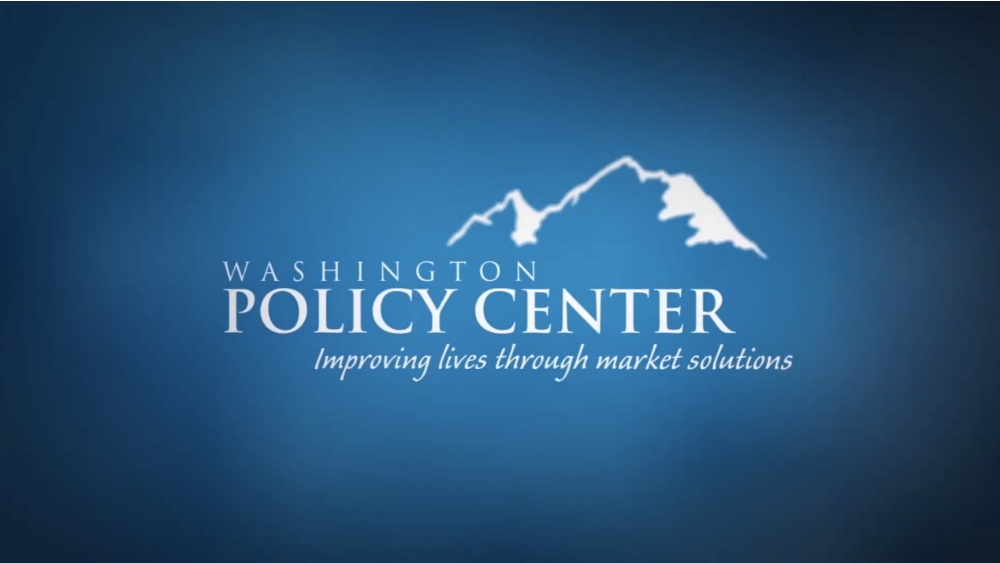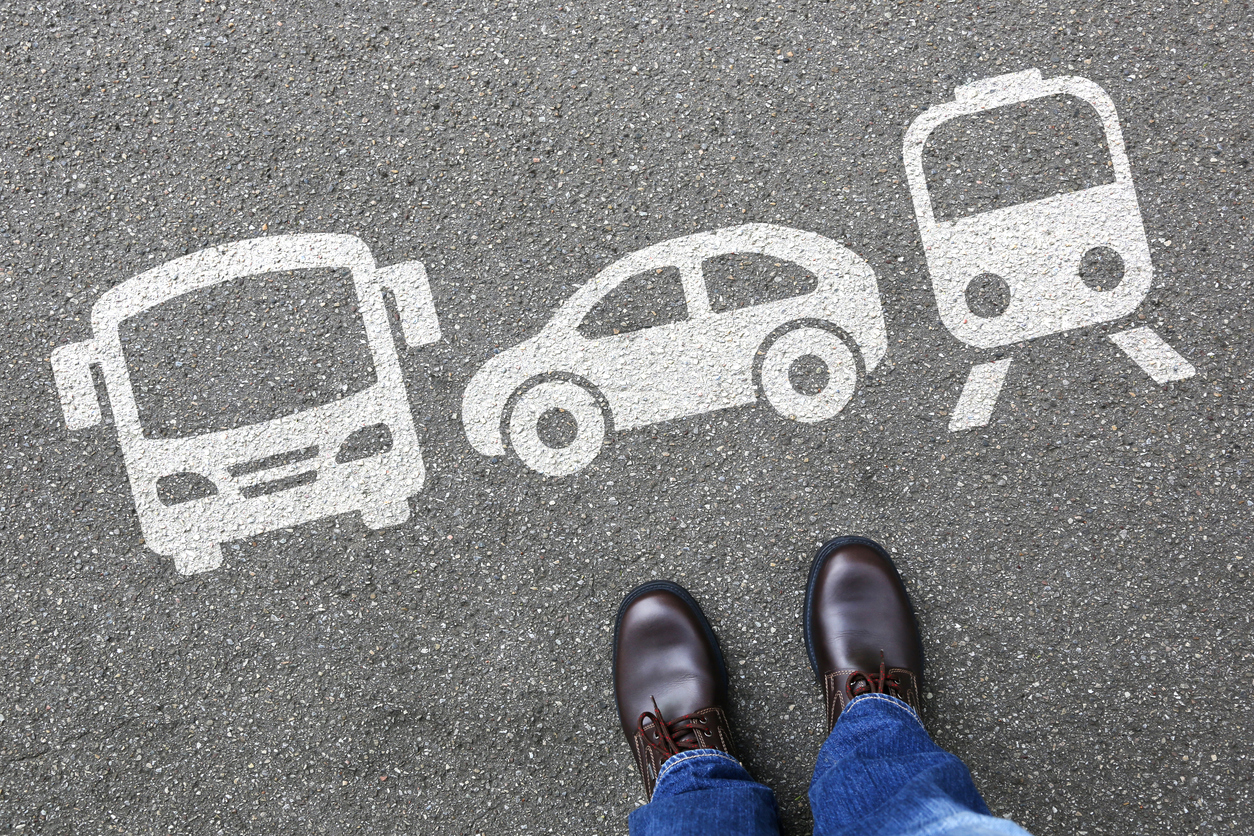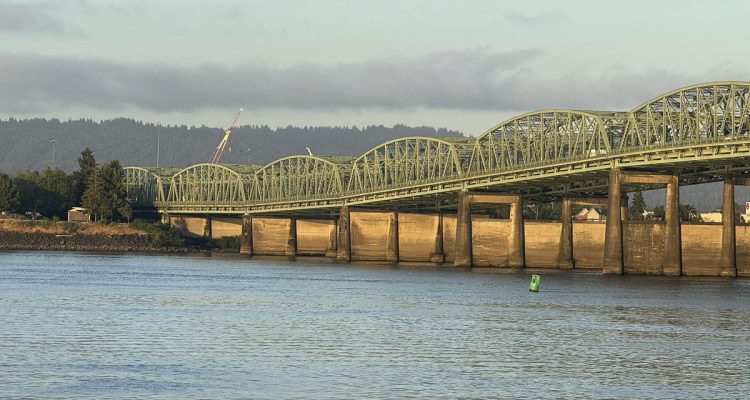Officials at the Washington State Department of Transportation (WSDOT) are hoping to finalize a policy framework for cooperative automated transportation in our state. While this is a meaningful exercise, many of the policy goals that have been drafted are either unnecessary or too prescriptive at such an early stage.
Marc Scribner, a Senior Fellow at the Competitive Enterprise Institute in DC and expert in transportation, land use, and urban growth policy areas, said our state's draft policy is one of the worst he's seen:
"Engaging in detailed policymaking when few hard facts are available is a dangerous form of idle speculation. One of the few facts we do know is that deployable highly-automated passenger vehicle technology does not exist today. Another is that the potential use cases vary wildly, from low-speed, geographically restricted shuttles to platooning heavy-duty vehicles moving at highway speeds. I’ve reviewed and participated in drafting state and federal automated vehicle policies for nearly a decade, and WSDOT’s current cooperative automated transportation policy draft is perhaps the worst I’ve seen in terms of being short on reality and long on conjecture."
I agree with Mr. Scribner - speculating so early on about issues of equity, land use, environment, “context sensitive street design,” and economic vitality is not a good use of time when we know so little about what the technology can or will do, what adoption will look like, and how it will impact other transportation services. These speculative policy areas are independent of automated transportation technology and shouldn’t be forced into a discussion where hard facts remain limited.
Instead, WSDOT should focus on a concise set of policies that are actually useful and practical today. Specifically, the list should include legality (a comprehensive audit of all motor vehicle laws on the books that may be restrictive or confusing), safety, liability, and ensuring the regulatory system in Washington is supportive and inviting of testing and deployment.
Focusing on agency and infrastructure readiness, which would commit WSDOT officials to policies that are actionable, would be a better approach.
Below are some of our recommendations for the current draft policy.
Suggested revision to WSDOT’s automated technology policy vision
WSDOT’s stated vision for cooperative automated transportation is:
We envision a future where automated, connected, electrified, and shared mobility contributes toward a safe and efficient transportation system that emphasizes public transit and active transportation and promotes livable (walkable / bikeable), economically vibrant communities with affordable housing and convenient access to jobs and other activity centers.
The vision should be more mode neutral and less prescriptive, which might read like this:
We envision a future transportation system that is largely automated, connected and electrically powered. This future system should advance personal freedom, choice, and mobility.
Suggested revisions to WSDOT’s automated technology policy goals
There are currently eight draft policy goals, all of which should be amended to some degree.
1. “Organize for Innovation: Flexibly and quickly adapt to changes in technology and transportation improvements.”
- This goal is not necessary. Further, it is undermined by the next goal of shared mobility, which is anything but flexible, suggesting that this goal was included mostly for appearances.
2. “Shared Mobility: Encourage and incentivize shared mobility [buying trips, versus buying cars, on an as-needed basis], including an emphasis on high capacity transit and Mobility as a Service.”
- The subpoint to this goal is that “particular emphasis should be given to buttress effective and convenient high capacity public transit.” The draft policy framework should be agnostic on travel mode, rather than favoring the existing, traditional mass transit model. The goal of shared mobility should focus on encouraging efficiency and congestion relief. Further, rather than emphasizing public transit, the goal should seek to make the best of transit in dense areas where it is most effective and not expand service where it isn’t, instead encouraging collaboration with both the public and private sector to provide more cost-effective and flexible transportation services on lower-density routes. There is absolutely no need for any state policy to “buttress” any mode, or to assume that all future transit will or should necessarily be “high-capacity.” Rewriting this goal is a must – as it currently stands, it is entirely political.
3. “Economic Vitality and Livability: Empower local partners to achieve their economic vitality and livability goals.”
- This goal puts public agency interests above the public they are intended to serve. Instead of “empowering local partners,” public officials should ensure that new technology can be deployed in ways that improve the return on public investment in transportation to enhance people’s quality of life. It should empower families, not government.
4. “Infrastructure and Context Sensitive Street Design: Safely and efficiently, accommodate people with special transportation needs, pedestrians, bicyclists, public transportation, freight, and automated vehicles.”
- Without measures of accountability, this goal is meaningless and somewhat redundant given the goal of safety. It should be removed. Without accountability or metrics, politicians will use these vague goals to impose ideological approaches knowing they can’t be held accountable for failure.
5. “Land Use: Encourage development of dense, vibrant, and transit-oriented communities in urban areas while preserving and enhancing rural and resource lands.”
- This goal should be removed, as it is entirely speculative with regard to automated transportation. Goals should focus on things that are clearly and directly tied to the technology. Local land use should be a separate issue.
6. “Equity: Use CAT to meet the needs of traditionally marginalized communities.”
- Since we cannot quantify the benefits (or costs) at this time, there is no way to measure what an equitable distribution of benefits would be. This goal should be removed.
- If this goal is kept, and I imagine it will be, it should be rewritten to support greatly lowering the cost of taxi-style services so that those who are transit-dependent can have competitive access to employment in a reasonable amount of time, rather than being condemned to traditional mass transit, which provides inferior transportation access and therefore undermines any genuine equity goal. Among the 10 metropolitan areas “with the highest market shares among commuters in poverty, the automobile still provides overwhelmingly the largest journey to work share.”
7. “Safety: Increase the safety and security of people and communities.”
- This goal is spot on.
8. “Environment: Enhance the environment with a focus on air quality.”
- What does this mean? How will this be measured? Who will be accountable if this goal is unmet? It should be removed for the purposes of an initial policy framework.
This document is subject to change and WSDOT officials have done their part in encouraging public involvement in shaping these goals. However, my hope is that these politically-correct “goals,” many of them representative of typical planner crystal ball-gazing, can be refined into something much more useful and clear.






